Learn : Food & Nutrition
Dachshunds with Skin Allergies
Small but spirited, the Dachshund has a large, endearing personality within a tiny body. This short-statured breed leaves an impression wherever he goes especially with his strut, sense of determination, and independent attitude. However, the dachshund is a loving, loyal companion and family dog, and due to his origins as a scent hound in Germany, this breed is alert and protective, making him an excellent watchdog. But this sharp and loyal dog can suffer from significant skin conditions because of allergies, so his pet parent will need to know what to look for and how to manage the symptoms of allergies.
Type of Coat
The Dachshund breed has three different varieties named for their coat type: smooth-coated, longhaired, and wirehaired. The smooth-haired dog has a shiny, short coat while longhaired Dachshunds have slightly wavy coats. Wirehaired Dachshunds have a thick, short, topcoat and a softer undercoat. A low maintenance breed, the Dachshund sheds minimally, although the wirehaired and longhaired varieties require regular brushing to prevent the formation of knots and mats. Grooming your dog daily allows you to keep an eye out for any changes in your Dachshund’s skin condition.
Susceptibility to Skin Allergies
A Dachshund can command a room with his big personality, but he may also suffer from a variety of skin allergies. Genetics, environmental factors, and food allergies can appear as hair loss, dandruff and scaliness, flakiness, hot spots, rashes, and other skin irritations. Without appropriate treatment, chronic itchiness can occur, causing your dog to scratch so frequently that bacterial or yeast infections develop. In particular, Dachshunds have an increased risk of Malassezia dermatitis, a serious but treatable skin disease.
Common Allergy Locations
When inflammations occur within a Dachshund, the result is often seen in the condition of the skin. Dry, flaky, irritated skin can quickly become more inflamed through yeast and bacterial growth around the Dachshund’s toes, paws, inside the floppy ears, and within the skin folds on the legs. These areas are excellent breeding grounds for Malassezia dermatitis and acquired pattern alopecia, both conditions that Dachshunds are predisposed to having.
Causes of Skin Allergies
Environmental allergies may result in rashes or atopic dermatitis; often these sources are found outside of the home (grasses, pollens) or inside the home (house dust, molds). External parasites such as fleas, ticks, mosquitos, and house mites are also a potential source of allergic reactions.
Internal allergic reactions are more likely to be connected to a food allergy or intolerance. Meat proteins are often the source of these inflammations; often chicken, beef, and eggs are the culprits. You can determine if your Dachshund has a food allergy with the help of a veterinarian, allergist, or board-certified veterinary nutritionist.
Treatment Options
Any bacterial or yeast infections that your Dachshund may have must be treated with the help of a veterinarian. Antihistamines and anti-inflammatory medications will offer your dog some temporary relief from itchy rashes and dry skin. Additionally, using a hypoallergenic shampoo with aloe vera or tea tree oils when bathing your dog can also relieve itchiness and soothe inflammation. Insect-related allergens, like mosquitoes or fleas.
The best means by which to diagnose a possible food allergy in your Dachshund is an elimination diet or food trial. If you think that your dog may have a food allergy, follow this process:
- Feed your Dachshund a new and mostly pure food for a minimum of eight weeks. You will obtain the most accurate results from this diet by feeding a simple ingredient, non-contaminated food.
- Make sure the diet is cooked or commercially produced. Look for single sources of animal protein, vegetable protein, and carbohydrate calories, such as found in foods with rabbit and peas or potato and fish. Steer clear of any foods that include other natural flavors as those may consist of unidentified proteins.
- During the elimination diet trial, avoid feeding your Dachshund any table food, supplements, flavored medications, or treats.
After eight weeks, begin to slowly reintroduce specific ingredients to see if your dog has any allergic reactions to them.
Talk with your veterinarian about creating a custom, fresh food diet to keep your Dachshund happy, healthy, and allergy-free. The veterinarian may also recommend including an inexpensive probiotic for dogs with the new diet. Probiotics will do more than bolster your dog’s digestive system; they also strengthen the immune system which is key to fighting and reducing inflammation. Managing or reducing the severity of your Dachshund’s allergic reactions is easier with a probiotic supplement.
Keys to Fighting Allergies
The best way to address a dog’s food allergies is with a fresh food diet, especially one that is rich in healthy fats, amino acids, and fatty acids like Omega-3 and Omega-6. These core components work together, and the result is an end to itchiness, hot spots, and flaky, dry skin. Fish oil, blackcurrant seed oil, and sunflower oil are ideal sources of fatty acids that can aid your Dachshund in overcoming his food allergy.
The chart below offers some suggestions for handling the variety of allergic reactions that Dachshunds may have:
|
Condition |
Dietary Needs and Adjustments |
|---|---|
|
Coat Color Changes |
Increase amino acids which can be found in protein (>75 grams per 1000 calories); use our calculator to convert a label percentage to the caloric basis (grams per 1000 calories) |
|
Concurrent GI Signs |
Avoid foods with tryptamine and histamine such as dairy or fermented vegetables and meats (yes, this includes bacon); try a simple ingredient food trial |
|
Chronic Itching and Dermatitis |
Fortify the diet with Vitamin E, B Vitamins, Zinc, and omega-6 and omega-3 fatty acids found in fish oil; add a probiotic; try a simple ingredient food trial |
|
Dull Coat and Scaling |
Adjust EPA and DHA levels in the diet; try a food that has added zinc |
|
Dandruff and Crustiness |
Add Zinc and Vitamin A levels |
How Fresh Food Can Make a Difference
Fresh food diets include visible ingredients that are wholesome and healthy. Combined with antioxidants and well-preserved fats, these ingredients can reduce or even end your Dachshund’s allergies. Unlike commercial dry kibble, which does not contain the same levels of nutrition, fresh food diets include pure elements without fillers and artificial ingredients that can be found in some dry foods. With a nutritious and healthful fresh food diet, you can help limit your dog’s exposure to food allergens.
Fresh food diets will include fatty acids and minerals that keep canine coats and skin healthy. A bonus from these components is a stronger immune system to fend off inflammations when they occur. For dogs with severe dietary restrictions, fresh food options can be custom made to fit your dog’s needs.
About Nom Nom
Many dachshunds are sensitive to allergens and may benefit from a fresh food diet that works to reduce and prevent skin allergies related to food intolerances. Nom Nom knows what your dog needs to live his best, healthiest life with a diet that will help him get there. Our foods are custom made and delivered to your home. The perfectly-portioned batches will satisfy your Dachshund's hunger and his need for nutritious, honest, real food while working to keep him allergy-free.
The Nutrient Mix is included in every batch of food we create. This combination of essential vitamins and minerals gives a boost of what every dog needs for the management of allergies and allergic reactions, as well as for a healthy diet. Vitamins A and E are part of our Nutrient Mix, and they support skin and coat health. Selenium, magnesium, and zinc are vital minerals in the Mix that provide extra immune support. With our fresh food diets, your Dachshund will eat well and enjoy an allergy-free life.
References
1. Bajwa, J. Canine Malassezia dermatitis. Can Vet J, 58 (10), 1119-1121 (2017).
2. Charach, M. Malassezia Dermatitis. Veterinary Dermatology, Can Vet J, 38, 311-314 (1997).
3. Gross, T., Ihrke, P., Walder, E., Affolter, V. Skin Diseases of the Dog and Cat: Clinical and Histopathologic Diagnosis. Wiley & Sons, 502-504 (2008).
4. White, S. Skin diseases responding to nutritional changes (Proceedings). http://veterinarycalendar.dvm360.com/skin-diseases-responding-nutritional-changes-proceedings (2011).



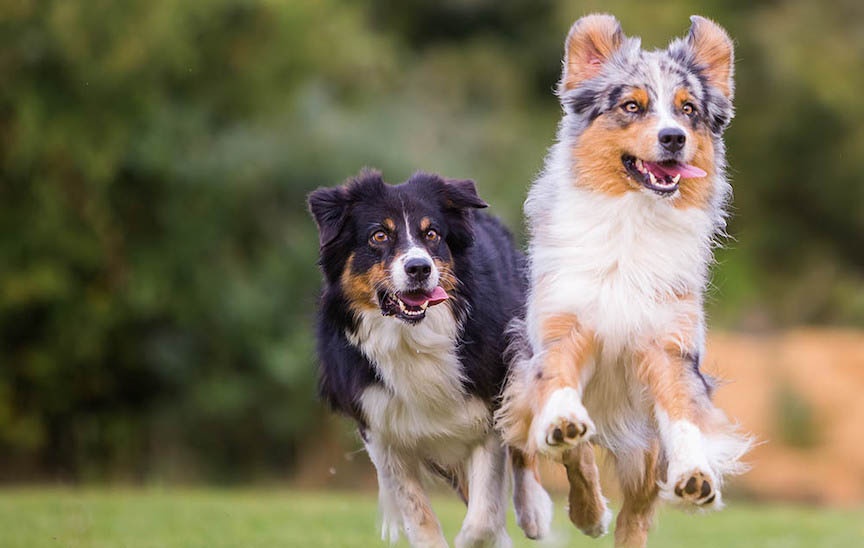 Australian Shepherds with Skin Allergies
Australian Shepherds with Skin Allergies
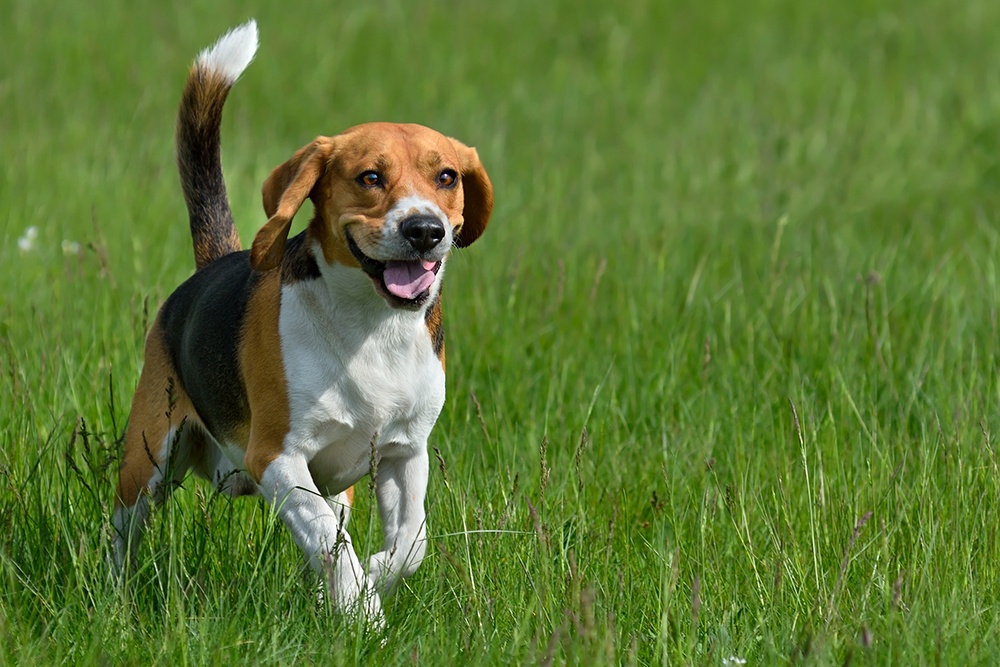 Beagles with Skin Allergies
Beagles with Skin Allergies
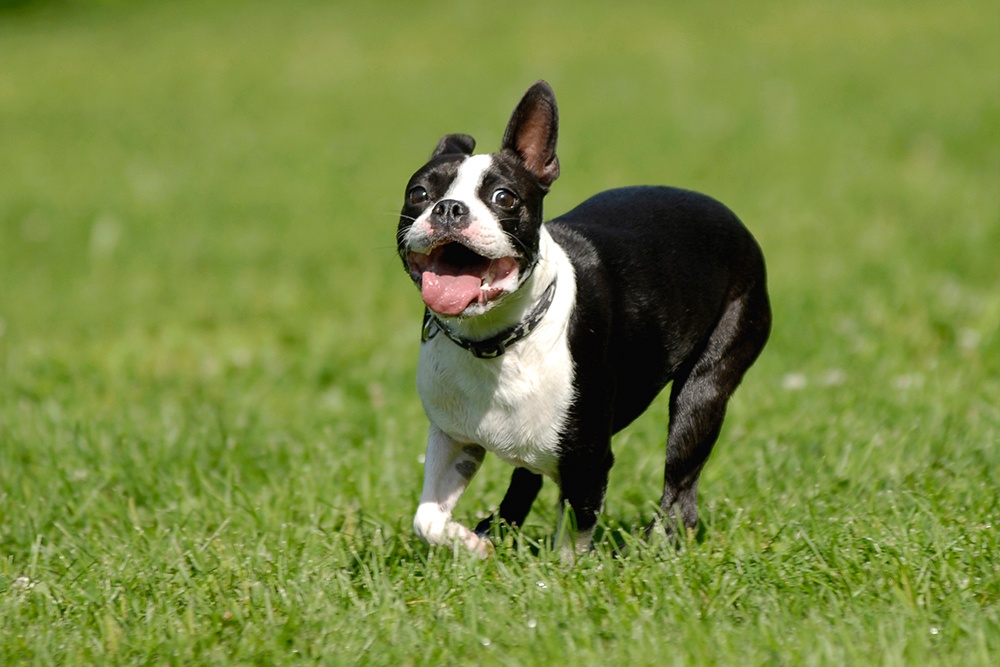 Boston Terriers with Skin Allergies
Boston Terriers with Skin Allergies
 Boxers with Skin Allergies
Boxers with Skin Allergies
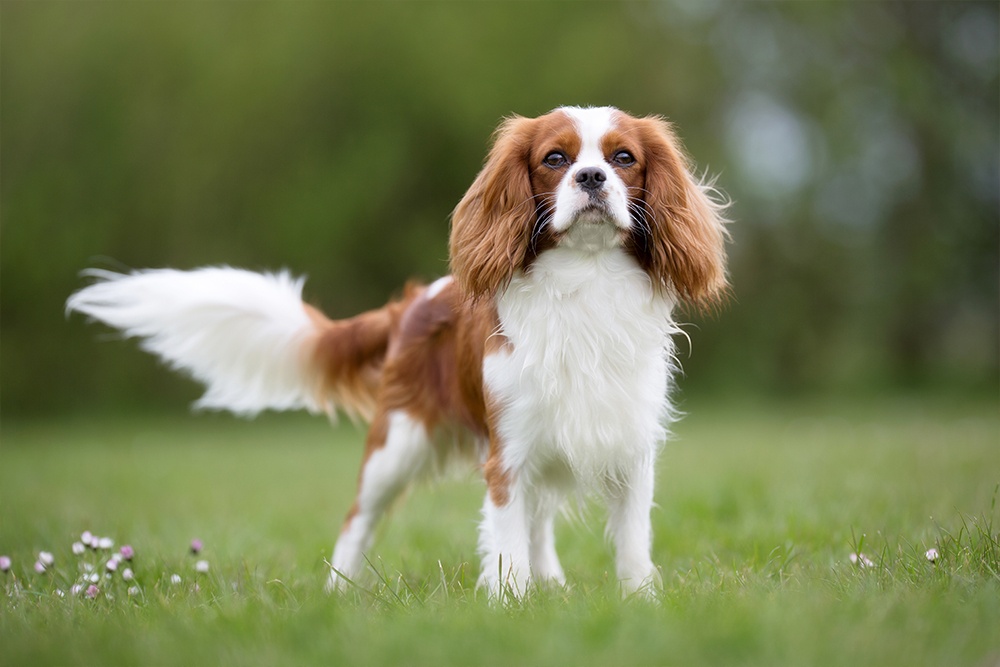 Cavalier King Charles Spaniel with Skin Allergies
Cavalier King Charles Spaniel with Skin Allergies
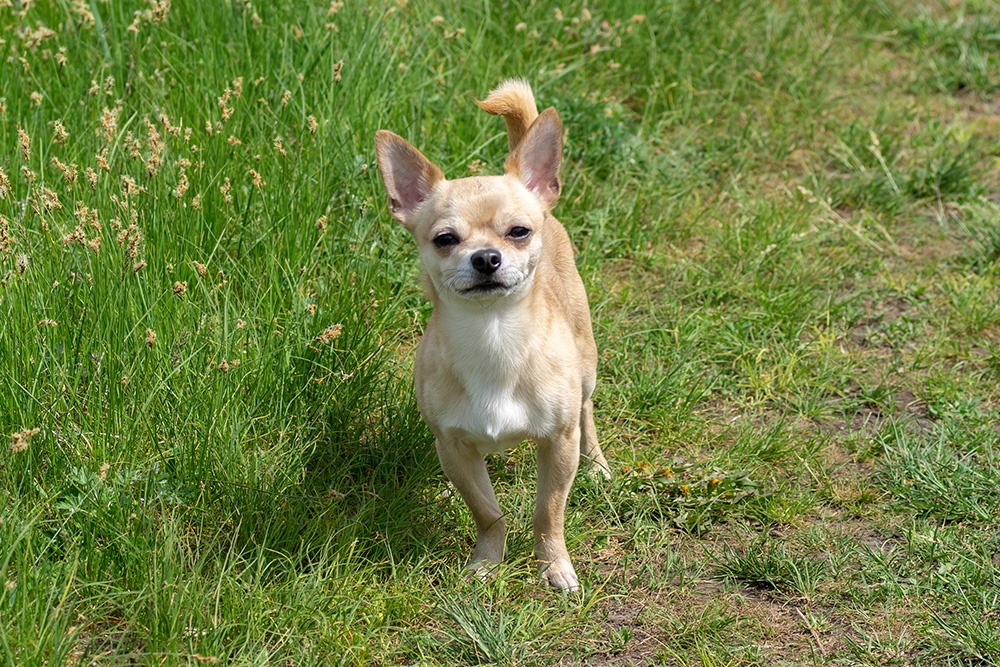 Chihuahuas with Skin Allergies
Chihuahuas with Skin Allergies